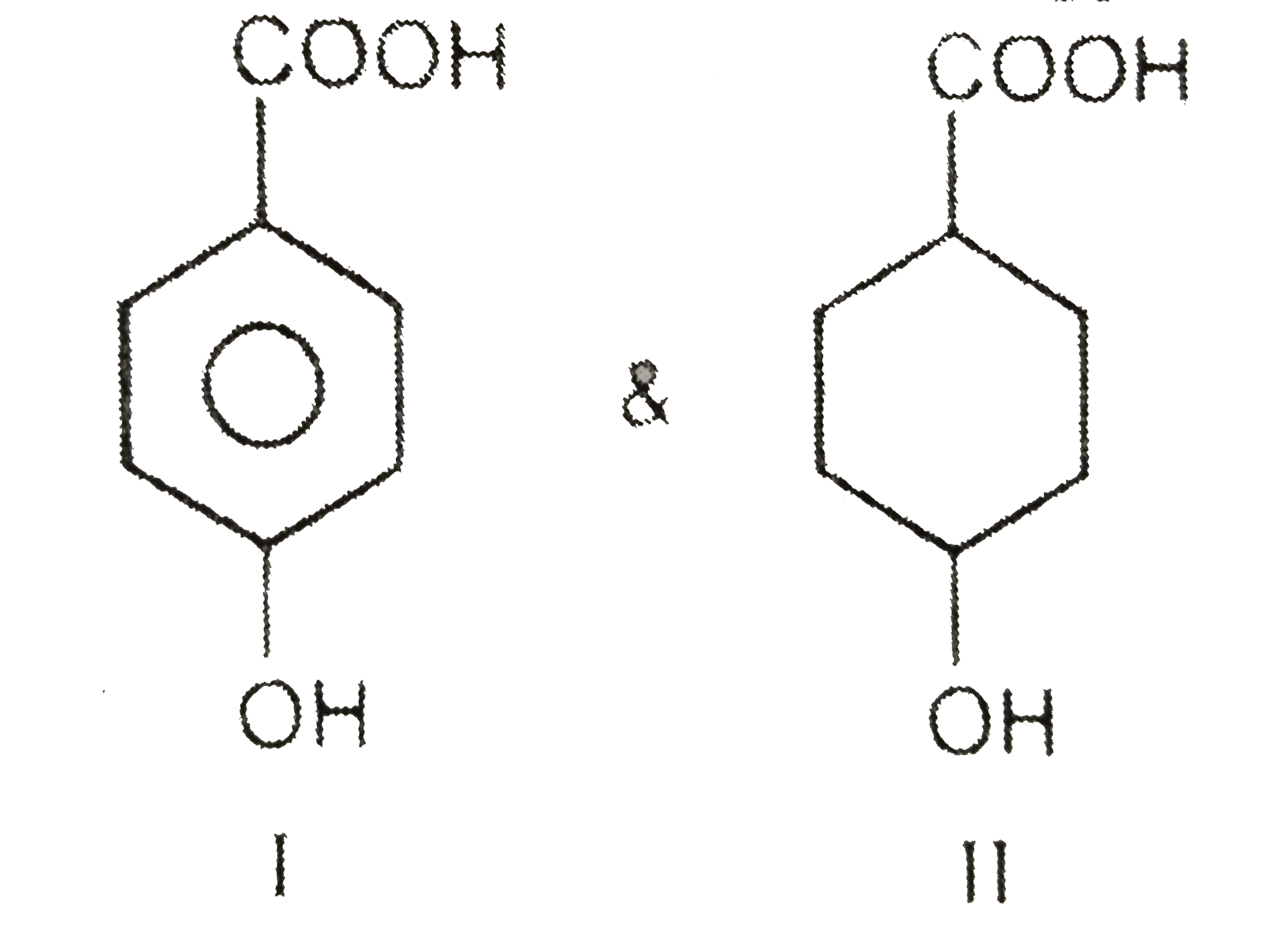Discuss the chemistry of the following reagents in the refining of metals. (i) CO and (ii) I2
Step-by-Step Text Solution:
1. Introduction to Refining of Metals:
Refining of metals is a crucial process in metallurgy that involves the purification of metal ores to obtain pure metals. Different reagents are used in various processes to achieve this purification.
2. Role of Carbon Monoxide (CO) in the Mond Process:
- Process Overview: The Mond process is specifically used for the refining of nickel. In this process, carbon monoxide (CO) plays a vital role.
- Reaction at Low Temperature: Initially, impure nickel is reacted with carbon monoxide at low temperatures. The reaction can be represented as:
Ni (impure)+4CO→Ni(CO)4
Here, nickel forms a complex with carbon monoxide, known as nickel carbonyl.
- Decomposition at High Temperature: The nickel carbonyl is then heated to a higher temperature, leading to the decomposition of the complex:
Ni(CO)4→Ni (pure)+4CO
This results in the formation of pure nickel and regenerates carbon monoxide.
3. Role of Iodine (I2) in the Van Arkel Process:
- Process Overview: Iodine is used in the Van Arkel process, which is employed for the refining of metals such as titanium and zirconium.
- Formation of Metal Iodides: In this process, titanium (Ti) or zirconium (Zr) reacts with iodine to form metal iodides:
Zr (impure)+2I2→ZrI4
Here, zirconium forms zirconium tetraiodide (ZrI4).
- Decomposition at High Temperature: The metal iodide is then subjected to high temperatures, leading to the formation of pure zirconium:
ZrI4→Zr (pure)+2I2
This process effectively purifies the metal while releasing iodine.
4. Conclusion:
In summary, carbon monoxide is utilized in the Mond process for refining nickel, while iodine is used in the Van Arkel process for refining titanium and zirconium. Both processes involve the formation of metal complexes or iodides, which are subsequently decomposed to yield pure metals.
Refining of metals is a crucial process in metallurgy that involves the purification of metal ores to obtain pure metals. Different reagents are used in various processes to achieve this purification.
- Process Overview: The Mond process is specifically used for the refining of nickel. In this process, carbon monoxide (CO) plays a vital role.
- Reaction at Low Temperature: Initially, impure nickel is reacted with carbon monoxide at low temperatures. The reaction can be represented as:
Ni (impure)+4CO→Ni(CO)4
Here, nickel forms a complex with carbon monoxide, known as nickel carbonyl.
- Decomposition at High Temperature: The nickel carbonyl is then heated to a higher temperature, leading to the decomposition of the complex:
Ni(CO)4→Ni (pure)+4CO
This results in the formation of pure nickel and regenerates carbon monoxide.
- Process Overview: Iodine is used in the Van Arkel process, which is employed for the refining of metals such as titanium and zirconium.
- Formation of Metal Iodides: In this process, titanium (Ti) or zirconium (Zr) reacts with iodine to form metal iodides:
Zr (impure)+2I2→ZrI4
Here, zirconium forms zirconium tetraiodide (ZrI4).
ZrI4→Zr (pure)+2I2
This process effectively purifies the metal while releasing iodine.
In summary, carbon monoxide is utilized in the Mond process for refining nickel, while iodine is used in the Van Arkel process for refining titanium and zirconium. Both processes involve the formation of metal complexes or iodides, which are subsequently decomposed to yield pure metals.
Topper's Solved these Questions
- BOOK - PRADEEPCHAPTER - GENERAL PRINCIPLES AND PROCESSES OF ISOLATION OF ELEMENTS EXERCISE - Curiosity Questions2videos
GENERAL PRINCIPLES AND PROCESSES OF ISOLATION OF ELEMENTS
- BOOK - PRADEEPCHAPTER - GENERAL PRINCIPLES AND PROCESSES OF ISOLATION OF ELEMENTS EXERCISE - COMPETITION FOCUS (JEE(Main and Advanced)/MEDICAL ENTRANCE SPECIAL) VII. ASSERTION-REASON TYPE QUESTIONS TYPE - II9videos
GENERAL PRINCIPLES AND PROCESSES OF ISOLATION OF ELEMENTS
- BOOK - PRADEEPCHAPTER - ELECTROCHEMISTRYEXERCISE - IMPORTANT QUESTIONS FOR BOARD EXAMINATION25videos
ELECTROCHEMISTRY
- BOOK - PRADEEPCHAPTER - HALOALKANES AND HALOARENESEXERCISE - IMPORTANT QUESTIONS FOR BOARD EXAMINATION22videos
HALOALKANES AND HALOARENES
Similar Questions
Describe the principle behind each of the following processes :
(i) Vapour phase refining of a metal.
(ii) Electrolytic refining of a metal.
(iii) Recovery of silver after silver ore was leached with NaCN.View SolutionWhat is the action of the following regents on ammonia :
(a) Nessler's reagent
(b) Sodium metalView Solution
Knowledge Check
- Question 1 - Select One
Which of the following is not employed for refining of metal ?
APolingBLeachingCElectrolysisDLiquation - Question 2 - Select One
Which of the following reagent can distinguish the given compound I & II ?
 ANa metalBNaHCO3CLucas ReagentD2,4-D.N.P
ANa metalBNaHCO3CLucas ReagentD2,4-D.N.P - Question 3 - Select One
Which of the following reagent can distinguish the given compound I and II ?
 ANa MetalBNaHCO3CLucas reagentD2,4-D.N.P
ANa MetalBNaHCO3CLucas reagentD2,4-D.N.P
Describe the principle involved in each of the following processes :
(i) Zone refining of a metal
(ii) Vapour phase refining of metalsView SolutionDescribe the principle controlling each of the following processes:
(i) Vapour phase refining of titanium metal.
(ii) Froth floatation method of concetration of a sulphide oreView SolutionDiscuss the effect of temperature on the resistance of (i) metals (ii) semiconductors and (iii) insulators.
View SolutionWrite the role of
I2 in the Arkel method of refining.View SolutionWhich of the following metals continue to burn in the atmosphere of CO2 ?
(i) Na
(ii) K
(iii) Mg
(iv) CaView Solution

